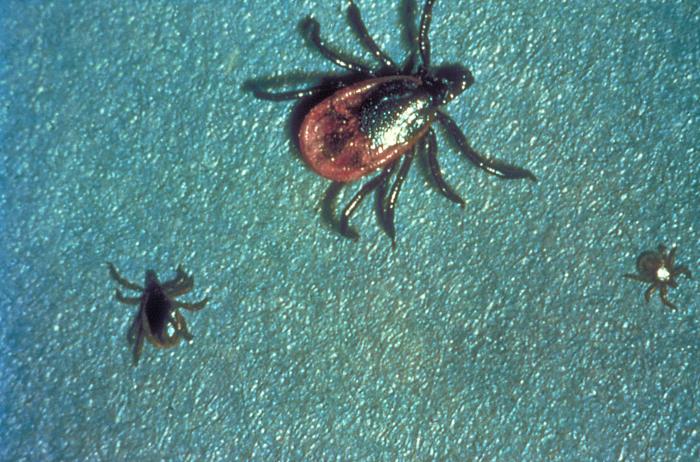In a bipartisan effort to improve research, prevention, diagnostics, and treatment for tick-borne diseases, U.S. Senators Susan Collins (R-ME) and Tina Smith (D-MN) recently introduced the Ticks: Identify, Control, and Knockout (TICK) Act. Senator Angus King (I-ME) is an original cosponsor.

“To knock out Lyme and other tick-borne diseases, we need a unified approach with leadership at the federal level and resources at the local level,” said Senator Collins. “These diseases present grave risks to our public health and serious harm to our families and communities. The sooner we acknowledge these risks and coordinate our effort to overcome them, the better for all of us. The TICK Act does just that by applying a three-pronged public health approach to address Lyme and other vector-borne diseases, and I urge our colleagues to join us in supporting this important bill.”
“Minnesotans are eager to get outside after a long winter. Unfortunately, the number of Lyme disease cases in the state—and states across the country—is on the rise. Our bipartisan bill aims to reduce the number of cases by establishing an effort to target, prevent, and treat Lyme disease,” said Sen. Smith, a member of the Senate Health Committee. “We made sure to collaborate with universities and public health agencies, and our bipartisan bill is supported by a coalition of researchers, medical professionals, and government officials from across the country. We hope our colleagues join us so we can quickly take up and pass this bill.”
Using a three-pronged approach, the TICK Act would:
- Establish an Office of Oversight and Coordination for Vector-Borne Disease at the Department of Health and Human Services (HHS). The office would develop a national strategy to prevent and treat Lyme and other tick-borne diseases, expand research, and improve testing, treatment affordability, and public awareness. The Office would also coordinate with other federal departments to address these diseases, including the Departments of Defense, Agriculture, Interior, Homeland Security and the Environmental Protection Agency.
- Reauthorize Regional Centers of Excellence in Vector-Borne Disease for five years at $10 million per year. Funding for these centers, which was allotted in 2017, expires in 2021. These Centers have led the scientific response against tick-borne diseases, which now make up 75 percent of vector-borne diseases in the U.S. There are five centers located at universities in New York, California, Florida, Texas, and Wisconsin.
- Authorize CDC Grants at $20 million per year that would be awarded to State Health Departments to improve data collection and analysis, support early detection and diagnosis, improve treatment, and raise awareness. These awards would help states build a public health infrastructure for Lyme and other vector-borne diseases and amplify their initiatives through public-private partnerships.
In 2016, Congress took a critical step forward with the enactment of the 21st Century Cures Act, which created a federal Tick-Borne Diseases Working Group. This Working Group released its first report in November 2018, which created several recommendations for next steps. With the findings of this report in mind, this legislation puts key recommendations into practice.
Over the past decade, cases of Lyme disease and other tick-borne diseases have risen exponentially, from approximately 30,000 in 2003 to an estimated 450,000 last year.
Lyme disease: New study confirms dogs are sentinels to assess human risk
Lyme disease study: Two million people in the US could suffer disability from PTLDS by the year 2020
Zoonotic diseases in the US: Rabies, Lyme disease among eight of most concern
Lyme ‘persister’ bacteria and a three-antibiotic cocktail: A study


2 thoughts on “Lyme disease: Sens. Susan Collins, Tina Smith introduce TICK Act”